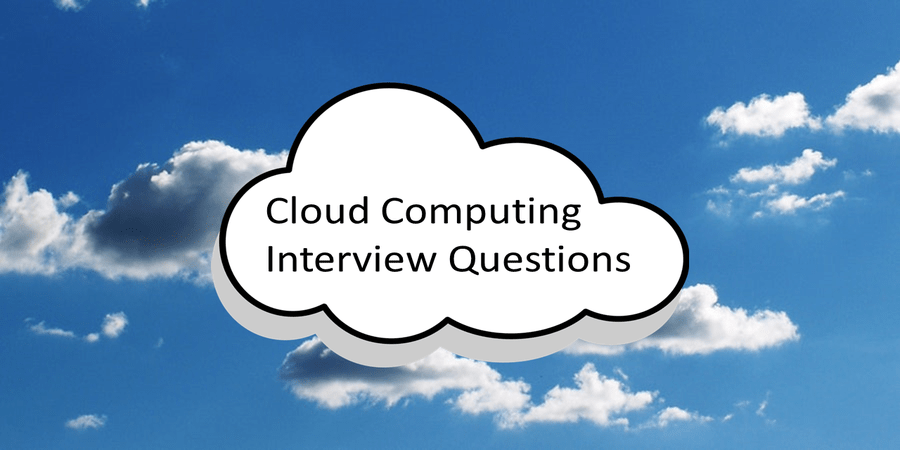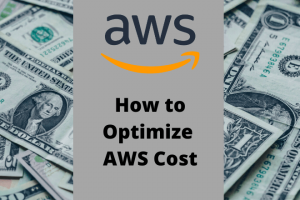
Cloud Computing Interview Questions
1. Difference between Cloud and On-premise Computing?
Cloud Computing – The Initial Cost is low, hassle-free is maintenance & support, Automatic upgrade, Excellent scalability, and you can pay as you use.
On-premise Computing – On the contrary, On-premise cost is high, the hardware must be maintained continuously, Manual upgrade, scalability maybe difficult.
2. Mention the layers of PaaS Architecture
Cloud Controller
- Creates Virtual machines and controllers automatically
- Deploy applications
- Connect services
- Scales up and down automatically
- Microsoft Azure Cloud
- SQL Azure
- Allows Fabric Cloud: App Fabric
- It reduces the time and energy to write whole program again
- It serves as the mode of communication between one or more applications
- It allows you to create applications easily and connect cloud services with other applications
- CLC or Cloud Controller
- Walrus
- Cluster Controller
- SC or Storage Controller
- NC or Node Controller
3. What are the components of Microsoft Azure?
4. What are the platforms used for large scale cloud computing?
Large Scale Cloud Computing basically means that a huge data of being handled
a. Apache Hadoop and b. MapReduce
5. Explain Security management in-terms of Cloud computing?
Identity Management: Manages the authorization of application services
Access Control: Allows the Admin to control other users who are accessing the same cloud environment
Authentication and Authorization: Provides access only to the authenticated users to access the data and applications
6. What is EUCALYPTUS?
EUCALYPTUS – Elastic Utility Computing Architecture for Linking Your Programs To Useful Systems
EUCALYPTUS is an open source architecture to create cloud clusters. It helps in creating public, private and hybrid clouds. With EUCALYPTUS we can produce data centers in a private cloud use its functionality for other organizations.
7. Explain the difference between cloud and traditional datacenters
The major difference between a cloud and traditional data center is that the cost of cloud is much cheaper than a traditional data center. Traditional data centers cost high due to hardware/software applications and infrastructure to handle heating. But in a Cloud data center they needn’t worry about the cost involved as it can be easily scaled up or down based on the need.
8. What are the uses of APIs in cloud services?
API (Application Program Interface) plays a major role in Cloud Computing
9. What are the different datacenters deployment of Cloud Computing?
Containerized Datacenters – In this method each deployment is relatively unique. These data centers contain a set of servers, network components, and storage.
Low-density Datacenters – Containerized Datacenters produces much heat due to its high density. Hence to cool of the data centers Low-density Datacenters were used. Usually, Low-density datacenters were kept apart from each other at a fair distance so that the generated heat will dissipate into the air.
10. Explain AWS
AWS stands for Amazon Web Services is a cloud computing service offered by Amazon. It mainly provides cloud infrastructure services where you can purchase virtual servers, data centers, databases, storage, and computing power on a pay-as-you-use basis.
11. What are the different data types used in cloud computing?
There are different data types being used in cloud computing such as emails, images, blogs, etc. If you need to upload new data, you might need to create the data type check it.
12. What are the different layers that define cloud architecture?
There are different layers used by cloud architecture:
13. What is Software as a Service?
Software as a Service is an important layer of Cloud Computing. Technology giants like Google provide cloud applications like Gmail, Google Drive, etc. It allows users to create, edit and save documents on the cloud.
14. What is the difference between scalability and elasticity
Scalability is a characteristic of cloud computing which is used to handle the increasing workload by increasing in proportion amount of resource capacity. Using scalability, the architecture provides on-demand resources if the requirement is being raised by the traffic. Whereas, Elasticity is a characteristic which provides the concept of commissioning and decommissioning of a large amount of resource capacity dynamically. It is measured by the speed by which the resources are coming on demand and the usage of the resources.
15. What do you mean by VPN? What does it mean?
VPN stands for Virtual Private Network. VPN is a private cloud that manages the security of the data during the communication in the cloud environment. With VPN, you can make a public network as a private network.



